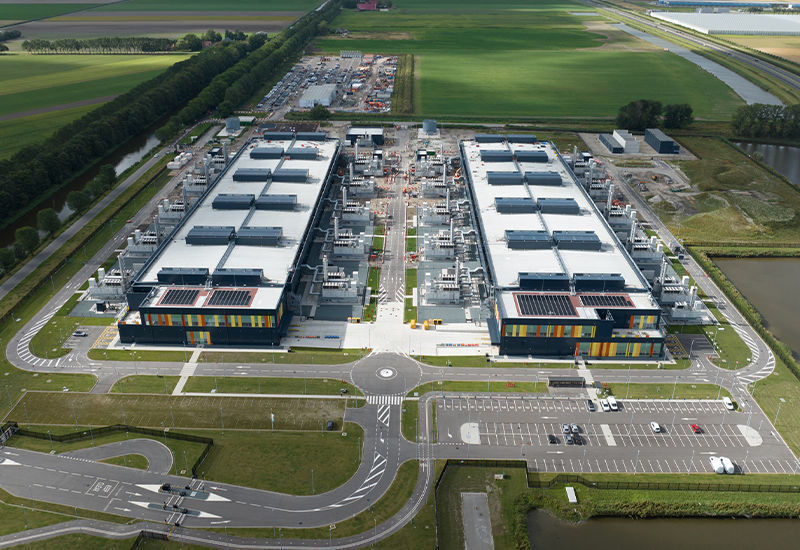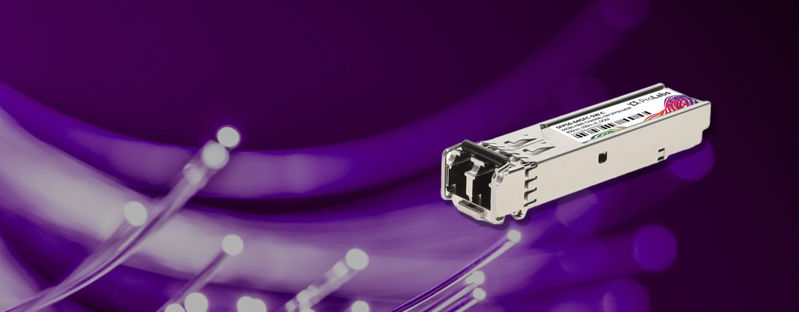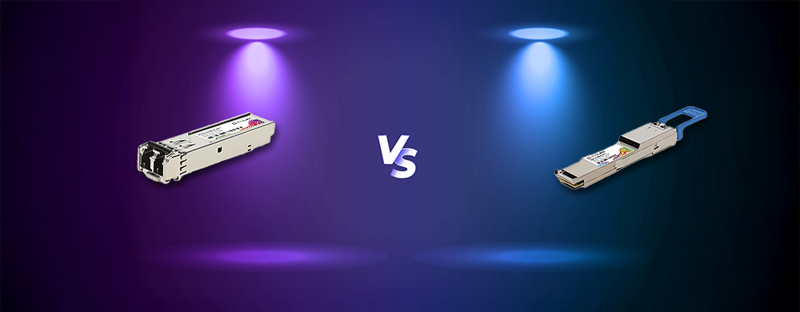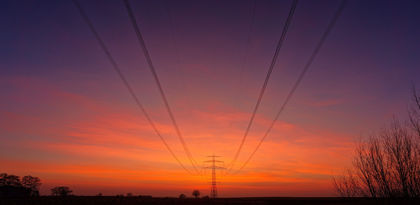South Cerney, UK, November 20 2017 – Leading provider of compatible optical networking infrastructure, ProLabs, has introduced its latest development to the world of transceivers with its new high-speed SFP- NBase-T transceiver.
Ideal for bi-directional communication over copper cable, the NBase-T transceiver module is a high-performance integrated duplex data link, with the ability to support 2.5G transfer speeds at cable lengths of up to 100M using Cat5e cabling and 5G using Cat 6 Cabling.
“More than 90% of structured cabling installed between 2003-2014 (approximately 70 billion meters) has been CAT5/6, with current technologies’ throughput on these cable types limited to 1Gbps. This will be a bottleneck to delivering bandwidth available from end points such as 802.11ac that have the capability to deliver greater than 1.3 Gbps with Wave 1 and greater than 2.3 Gbps with emerging Wave 2 products,” said Tony Lefebvre, VP Products & Marketing at ProLabs.
“Rather than incur the time and expense of replacing existing plant with CAT6A/7 or fiber, the NBase-T transceiver solution from ProLabs enables customers to use existing SFP+ port on their network equipment and connect over existing CAT5/6, delivering 2.5/5Gbps throughput. With the NBASE-T transceiver solution, customers can greatly increase their time-to-service and defer costly re-cabling.”
With the advent of 802.11ac with Wave 2 Wi-Fi Access Point (AP) products delivering greater than 2.3 Gbps, customers need to address the backhaul connectivity which in the case of CAT5/6 is limited to 1Gbps with current technologies. When replacing existing previous generation AP’s, the NBASE-T transceiver enables customers to keep their CAT5/6 infrastructure intact while delivering the throughput required by the newly added 802.11ac AP.
HD CCTV and high-performance computing also benefit from NBase-T’s greater throughput, allowing these and other bandwidth hungry applications to run at a higher rate over existing infrastructure, not only improving end user quality of experience but deferring costly cabling infrastructure replacement programs.
The IEEE-802.3bz/NBase-T transceiver is SFF-8431 and SF-8432 MSA compliant with low power consumption and EMI emissions. It also features MDI/MDIX crossover with unshielded and shielded cable support, multiple loopback modes for testing and troubleshooting, built-in cable monitoring and link diagnostic features, and robust die cast housing.
















